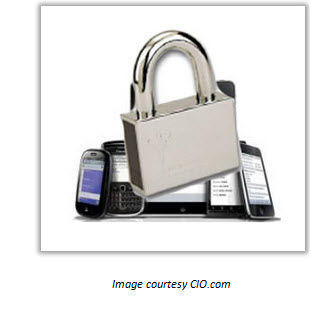Bring Your Own Device (BYOD), as the story goes, once was a term widely viewed as synonymous with “major network security risk” in the minds of enterprise IT decision-makers.
But today, that prevailing mindset has given way to increasing acceptance and even enthusiastic adoption of BYOD policies.
What are the reasons for such a shift in attitude?
For one, security concerns have become greatly minimized thanks to bleeding-edge safeguards.
Also, as discussed in this 1 to 1 Media article, companies that allow employees to use their personal mobile devices for work-related activities “promote productivity and satisfaction, ultimately boosting customer service efforts and cutting IT costs in the process.”
If enterprises have begun to realize improved customer service efforts and reduced IT expenditures, then clearly it’s only a matter of time before BYOD policies become ubiquitous.
Also from the piece: “Each year, the average company employing the COPE (Company Owned, Personally Enabled) mobile culture [spends] $600 per employee. But now organizations are allowing employees to use their own devices to run business applications, transitioning to the true BYOD experience, cutting costs by utilizing the devices that are already in hand, as more than 60 percent of workers already claim to use their personal devices at least once during the work day, with 44 percent using their personal smartphones. Also, by encouraging employees to use the device of their choosing, IT can focus its attention on maintaining security networks and developing engaging mobile applications that empower employees to be more productive.”


